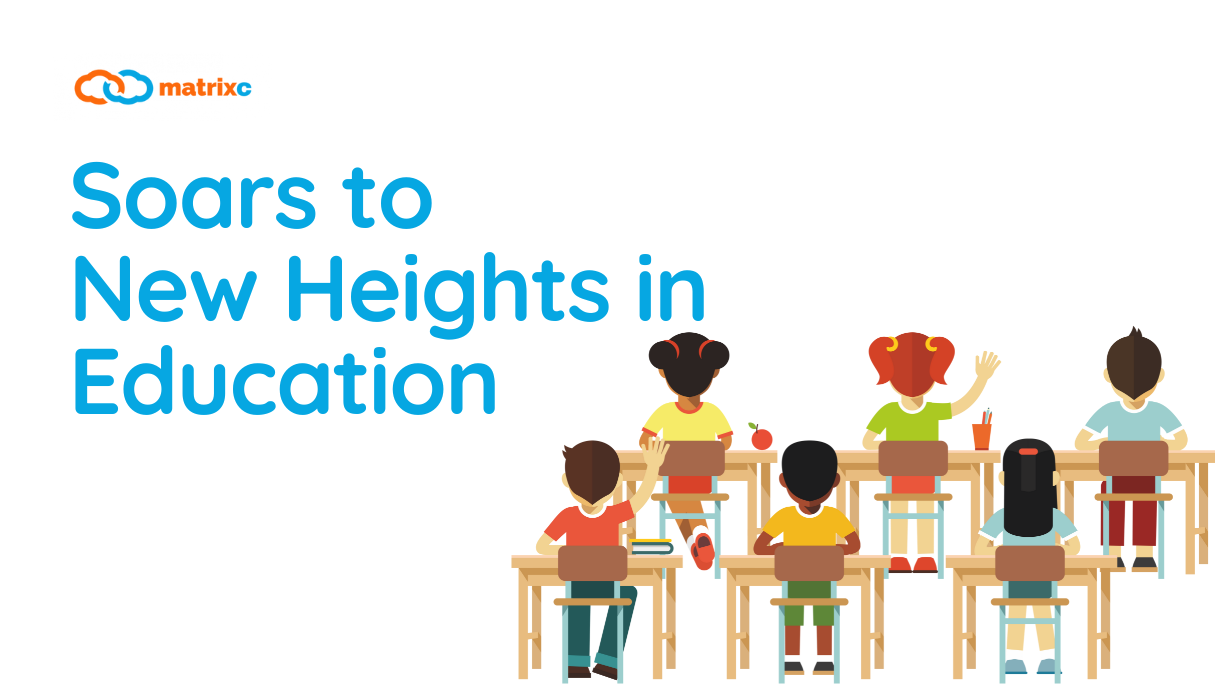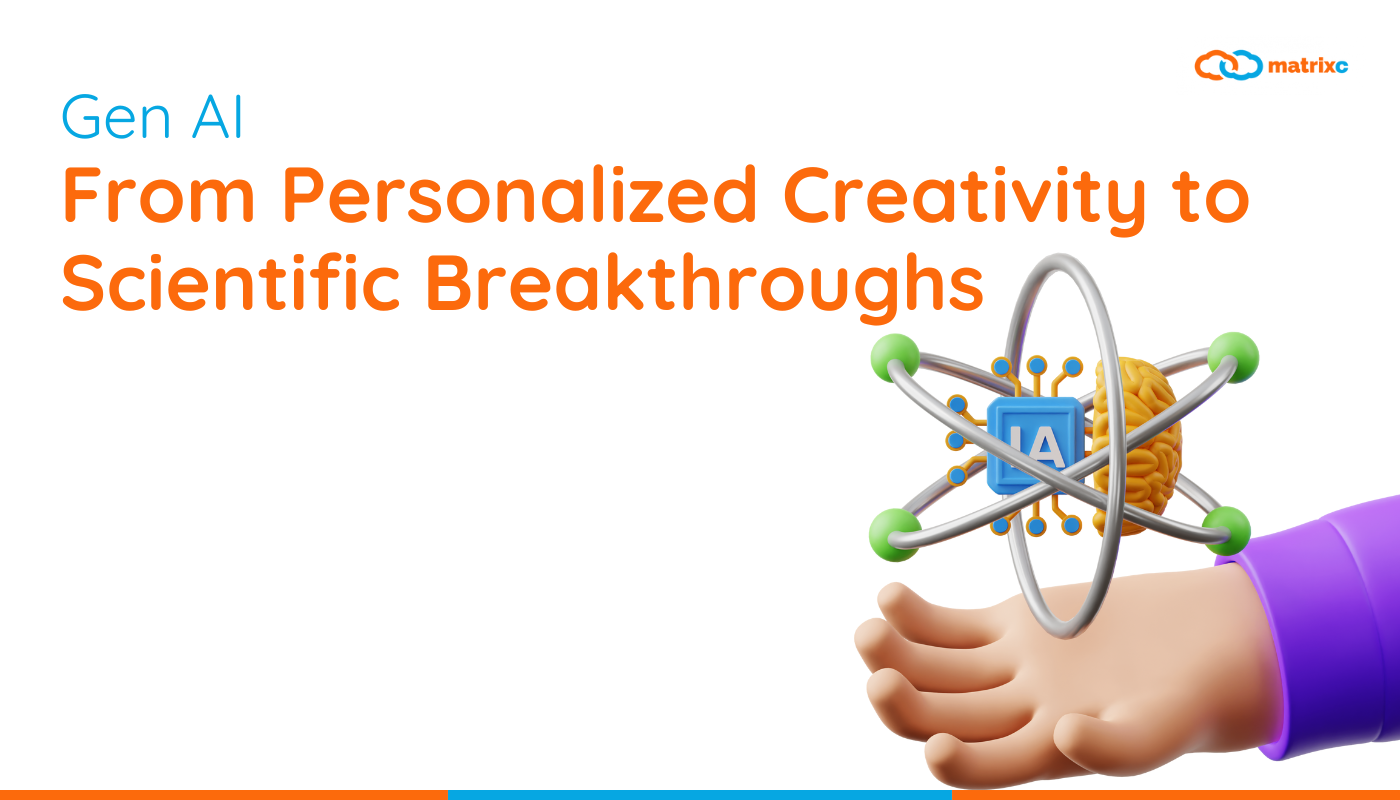Generative AI has been making waves in the tech world, with its remarkable ability to craft new content that mirrors existing data. But how exactly does this innovative technology work its magic? In this blog post, we’ll delve into the intricate workings of generative AI, exploring its training methods, applications, and the challenges it brings to the table.

Learning the Art of Imitation
At the heart of generative AI is the concept of learning patterns and structures from data. This knowledge serves as the foundation for creating new data with similar characteristics. Generative AI leverages various machine learning techniques, with neural networks and deep learning being the stars of the show.

Training the Model: Unsupervised Learning
One common approach to training generative AI models is through unsupervised learning. Here, the model is presented with a large dataset of unlabeled data, and it embarks on a journey to decipher the patterns and structures contained within. This process unfolds without human intervention, allowing the model to autonomously grasp the underlying nuances of the data.

The Power of Patterns
Once the generative AI model has familiarized itself with the data’s patterns and structures, it becomes a creative force. For example, if trained on a dataset of cat images, it can generate entirely new feline visuals with an uncanny resemblance to the original dataset.

Supervised Learning: Guiding the Model
Another approach is supervised learning, in which the model is provided with a dataset of labeled data. This dataset includes both the input data and the desired output data. The model’s mission is to understand the relationship between the two. As a result, it becomes capable of generating new output data based on fresh input data. For instance, a generative AI model trained on English sentences and their corresponding French translations can craft new translations for English sentences.

Semi-Supervised Learning: The Blend of Both Worlds
Generative AI can also be trained using a combination of supervised and unsupervised learning, known as semi-supervised learning. This approach becomes handy when labeled data is scarce. It allows the model to glean knowledge from a mix of labeled and unlabeled data, striking a balance between guidance and autonomy.
A Peek Behind the Curtain
To simplify, imagine a generative AI model working its magic:
- The model is introduced to a dataset of cat images.
- It diligently studies the data, grasping nuances like the shape of a cat’s head, the color of its fur, and the positioning of its whiskers.
- Armed with this knowledge, it starts creating new cat images, meticulously combining the patterns and structures it has uncovered.
- The process repeats until the desired number of cat images is generated.
Versatile Creations Across Media
Generative AI models aren’t limited to just images of cats. They can create a wide array of data, including text, images, audio, and video. As the field of generative AI continues to advance, its potential to revolutionize various industries becomes more evident.
Navigating the Challenges
While generative AI offers unparalleled creativity, it also presents challenges that need to be addressed responsibly:
- Bias: Generative AI models may inherit biases from their training data, potentially leading to the generation of biased content.
- Misinformation: In the wrong hands, generative AI can be used to create fake content, from text to images and audio, which can propagate misinformation and propaganda.
- Copyright Concerns: Generative AI can generate copyrighted content, raising legal issues surrounding copyright infringement.
In this era of transformative AI, it is essential to harness generative AI responsibly and ethically. By training models on unbiased data and using them to generate truthful and accurate content, we can ensure that generative AI is a force for good in our ever-evolving digital landscape.
Contact Our Team
Are you interested to learn more about our products?
Do you wish to speak to us for professional advice on Google Workspace?
Click on the button below to book a complimentary 1-on-1 consultation with an expert from our team.















